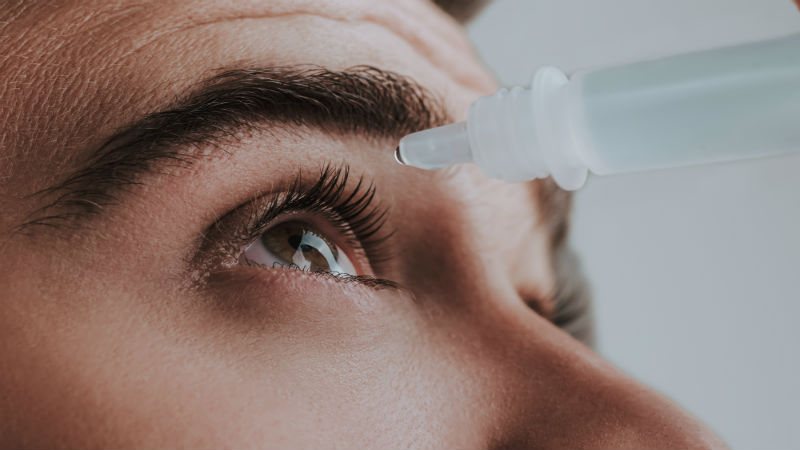
Lens replacement surgery is one of the most commonly performed eye surgeries, but as with any surgery, complications can arise, and there are certain risks involved. Complications with lens replacement surgery are rare, and ophthalmic surgeons are highly trained with using the most advanced technology available. But to ensure that you make the best decision for your eye health, here are eight complications with eye lens surgery.
1. Irritated eyesSoreness immediately after your surgery is to be expected; however, in some cases, the eye can appear unusually red which can indicate a damaged blood vessel. You may also experience dryness or itching which can be treated with moisturizing eye drops. It can take up to eight weeks before the feeling in your eyes returns to normal, but if the irritation persists consult your eye doctor.
2. Glaring and halos in vision
As your body adapts to the new lens, you can experience glaring or halos known as photopsia. These effects on your vision are typically short term and resolve on their own within three months after surgery.
3. Infection
Infection is very rare but can cause additional complications if not treated immediately. Symptoms of a bacterial infection include redness and irritation, discharge, and swelling. Eye infections are easily treated with antibiotic eye drops.
4. Retinal Detachment
Retinal detachment occurs when the liquid inside the eye leaks through a small tear in the retina cause it to detach from the back wall of the eye. Symptoms can include darks patches in your vision, blurring, or flashes of light. If you experience any of these symptoms contact your doctor.
5. Posterior capsule opacity (PCO)
During surgery, the capsule surrounding the lens is left intact while the interior is replaced with an artificial lens. In around 20% of cases, the posterior section of the lens capsule can become cloudy due to cells growing on the outside. This can occur months or even years after the surgery. PCO is not a secondary cataract but does exhibit some similar symptoms. Luckily, this condition can be treated quickly and painlessly with YAG laser treatment.
6. Macular edema
Macular edema is an inflammatory condition that affects the center of the retina causing changes to your central vision. This condition can be treated with anti-inflammatory drops, or in more severe cases, with steroid injections or surgery.

7. Ptosis
Ptosis, or droopy eyelid, is due to injury to the nerves or muscles controlling eyelid movement. This condition can only be repaired with additional surgery to tighten the muscles.
8. Ocular hypertension
Ocular hypertension is increased pressure inside the eye. If left untreated this condition can cause permanent vision loss. Ocular hypertension has no visible symptoms, so it is essential to continue to visit your doctor in the days and weeks following surgery so they can measure the internal pressure of your eye.
Final thoughts
Lens replacement surgery can significantly improve your vision, but complications can occur in a small percentage of cases. Be aware of these complications and consult your doctor if you experience any of the symptoms, to ensure you can treat the conditions effectively and enjoy better vision.
